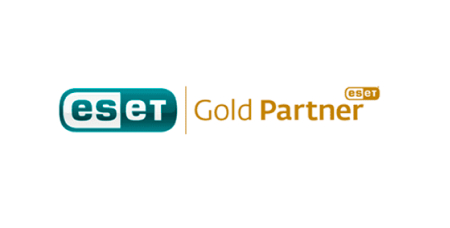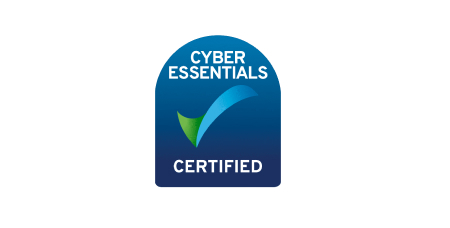Making IT Amazing
Why do we have the paradox that instead of improving agility and cohesion, ‘enabling’ more flexible working patterns, the opposite can be the case with IT investment?
Instead of better information flow, for example, access to relevant data is more complex, while any expected reduction in the operational costs of the business fail to materialise.
The implications are increased vulnerability, as well as an impact on effectiveness, an increased difficulty in remaining competitive and being on the same wavelength as their customers. For a report being researched and written by DECISION magazine for HB Tech, companies consider what they need to address if IT is to deliver key objectives.
This is one of the papers to be published in the report.

Nicola Schutrups
Managing Director
The Mortgage Hut
“FOR MOST PEOPLE, their first mortgage would still be the biggest debt they’ve ever taken on. It’s a big decision, and it doesn’t matter how comfortable they are with technology, during the process they still want someone to talk to.”
But Nicola Schutrups, Managing Director of The Mortgage Hut, isn’t suggesting that the brokerage should eschew IT. Quite the opposite. She sees the deployment of technology as the means of making sure those conversations are meaningful and timely.
“There are parts of the process which can be automated – the document gathering, the electronic verification checks rather than the need to present actual documents to us – but doesn’t mean businesses should deploy IT as a means of avoiding conversation with the client, either deliberately or by default.
She continues: “If an advisor is looking after a handful of enquiries a week, it’s relatively easy to keep track. But with twenty advisers and 2000 enquiries a month, the only way we can is with a complex CRM system.”
Some 1700 of those enquiries are made online, and the rest originate from introducers.
“Clients are coming to us earlier in their journey and if they aren’t ready to make an application, the system enables us to mark that is the case and then flags up the appropriate times when we should keep in touch with them.
“The first challenge is not finding the best available CRM system, but one which works best for you and it isn’t likely that an off-the-shelf product will absolutely meet all your requirements. We trialled several because it is only worth the investment if your people are prepared to use it. They need to see that it isn’t more of an administrative burden for them but something which enables them to help more clients.
“That approach also means that you gain early adopters and results which they can show to any doubters. After all, nobody wants to do something which isn’t adding value to their particular work and how they are doing it. For us, having a CRM system wasn’t an option. We had become too big not to have one, so it was mission critical to make it work.”
“Before,” Schutrups explains, “data was presented in Excel, then Google Sheet, but that provides no visibility for a business owner as to what people are doing or provide much help for business planning. Now we know what’s happening with each lead. The system flags up information which enables us to identify if, for example, there might be a problem with the quality of leads or whether there is a skills gap we need to address.
“We have got technology maps for the next twelve and twenty-four months, which set out the most important changes we want to make and when we need them to happen. You need to keep the faith, because results won’t happen immediately, and having a twelve and a twenty-four-month outlook means we’re not thinking short-term.
“Having a strategy also makes it easier to accommodate the implementation of change brought about by compliance. So it wasn’t a problem that we would no longer be taking card payments on the phone because we were able to provide a link so the applicant could input their details online. To think it wasn’t that long ago that we had wet signatures on paper with documentation dispatched through post or the fax machine.”
But how has The Mortgage Hut tapped into a skill-set in order to draw up and implement those technology maps? “We realised that we needed to pay third-parties who are expert in particular areas of IT, otherwise inconsistency can creep in because of our lack of technical expertise, or time,” says Schutrups. “There’s that saying you have to spend money to make money, and from experience that is important with IT. I would say our approach has been instrumental in enabling us to grow.”
Certainly Covid-19 has contributed to changing attitudes towards the deployment of technology. “For most businesses, Zoom was unheard of before the pandemic, and while we had looked at video calls in the past, it wasn’t what staff or applicants wanted,” says Schutrups. “With Covid-19, everyone’s attitude towards IT changed, and we’ve introduced a Zoom room with screen sharing so that the client can look at the figures we are talking about – which creates trust and confidence because they can see what we’re doing as well as what we’re saying. The efficiencies created are obvious. Why would someone spend thirty minutes driving to our offices and then have to find somewhere to park, when they can engage with us from the comfort of their home?”
That said, the pandemic has also thrown deficiencies into sharp relief. “There can be huge delays where there are weaknesses in the IT chain, and that frustration has become more apparent in the lockdowns,” observes Schutrups. “At the moment we complete a client fact-file and then we have to re-enter everything into a lender’s system. If we have to load that information into the systems of several lenders, it’s a thirty-minute task each time.
“But a system which can automatically transfer the information would need all the big lenders to sign up. Rekeying data doesn’t add value; it means there is more chance of error, and it shouldn’t be necessary.”
Researched and published by
DECISION magazine
www.decisionmagazine.co.uk








